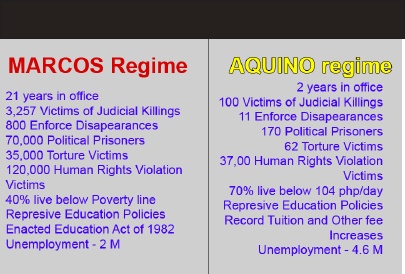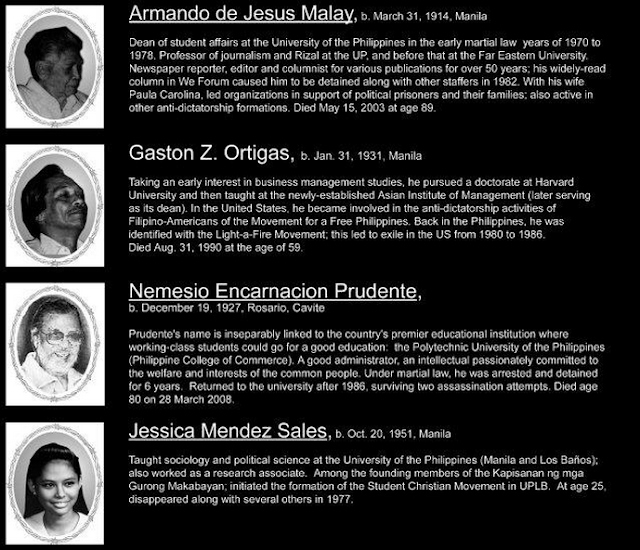Young Children Think Like Scientists
My son, Alexander, when he was six months old Research shows that young children think in similar ways as scientists do. With the growing realization of how crucial early childhood education is, these latest results point to great opportunities in introducing science to children. A child does employ a natural way of addressing problems and experimentation. In fact, we may not be aware of this, but everyone, including adults, do this. There are still, however, major differences between the natural problem solving and experimentation that a young child does, and what a scientist or any other person who practices the scientific method actually does. Scientists employ controls in designing experiments and analyzing data. This requires putting aside prejudgments, formulating a verifiable hypothesis, and critically evaluating the results of works of other scientists. This difference is highlighted by being able to account for what one observes in the light of what is already know...








